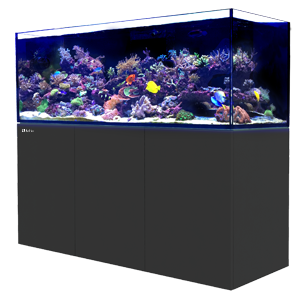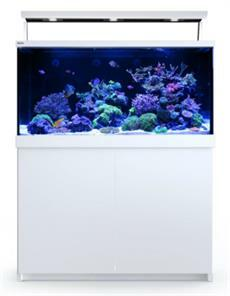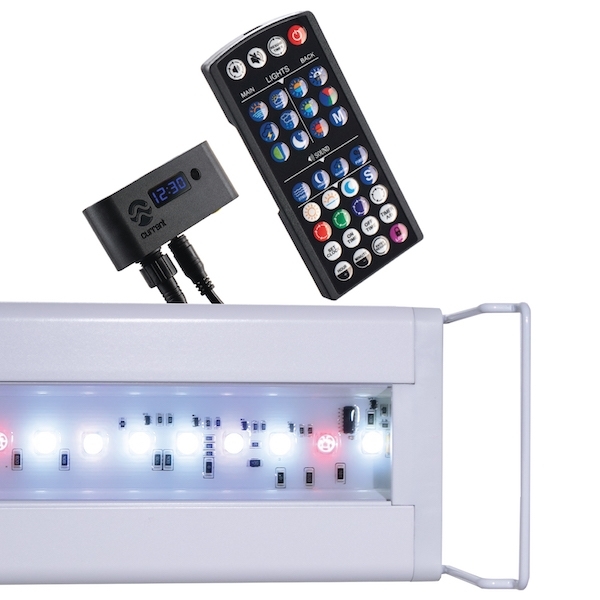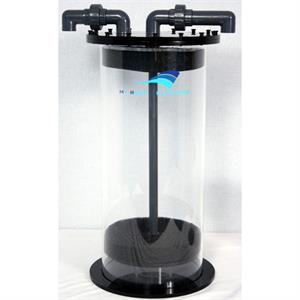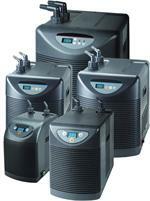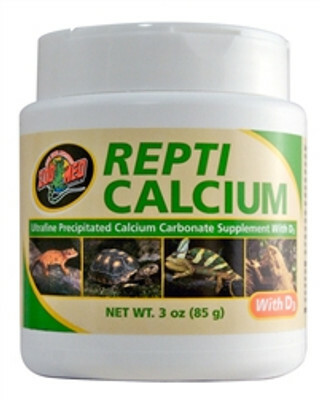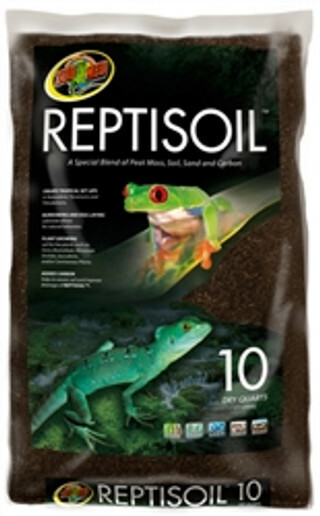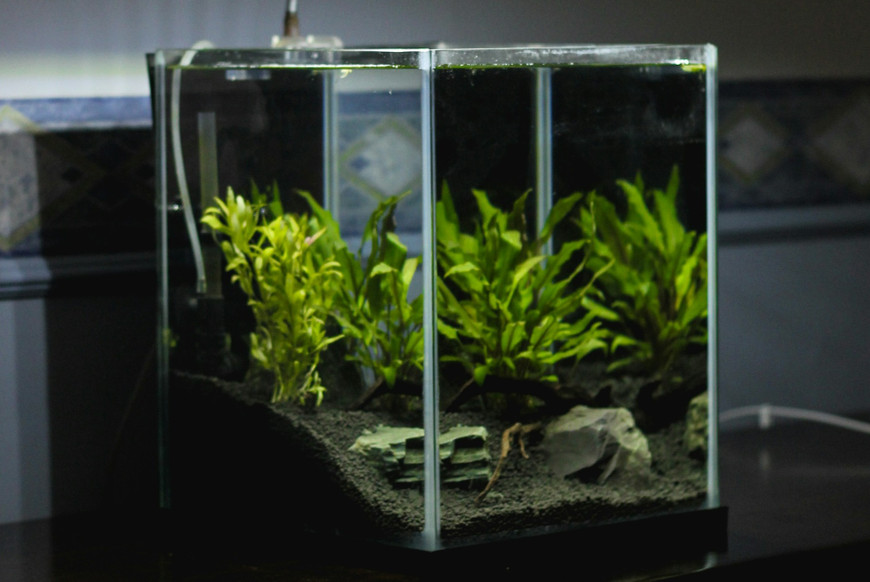Design Eco-friendly Aquariums with Sustainable Aquascaping Practices for a Greener Hobby
Fish Tanks Firect on Nov 28th 2023
Whether you're a seasoned aquarist or a newcomer to the world of fishkeeping, embracing sustainable aquascaping practices is a powerful way to minimize your environmental footprint and promote greener, more responsible aquarium management. With growing concerns about the impact of the aquarium hobby on natural ecosystems, implementing eco-friendly practices in maintaining your freshwater or saltwater fish tank can make a significant difference in preserving fragile aquatic environments. This comprehensive guide aims to provide you with practical tips and insights on sustainable aquascaping, including environmentally responsible sourcing, energy conservation, and responsible species selection.
In this guide, we will explore strategies for sourcing hardscape materials and aquatic plants responsibly, ensuring that your aquarium's inhabitants and decorations are sustainably harvested and do not contribute to the disruption of fragile ecosystems. From ethical coral harvesting in marine aquariums to selecting aquacultured freshwater plants, learning how to make responsible purchasing decisions is paramount to sustainable aquascaping.
Ready to undertake the journey towards a more sustainable aquarium? Let's explore the world of eco-friendly aquascaping and learn how to make a positive impact on our planet while enjoying a captivating underwater haven.
Environmentally Responsible Sourcing of Hardscape Materials and Aquatic Plants
Mindful sourcing of hardscape materials and aquatic plants is an essential aspect of sustainable aquascaping. Here are some tips on how to make responsible decisions when building your eco-friendly aquarium:
1. Sustainable Hardscape Materials: Opt for sustainably collected rocks, driftwood, and other natural elements for your aquarium hardscape. Look for suppliers who ethically source their materials, avoiding those obtained through habitat destruction. You can also repurpose existing materials like aquarium-safe stones and aged driftwood found in your local environment.
2. Aquacultured Freshwater Plants: Choose freshwater plants propagated through aquaculture to support a more sustainable aquarium industry. Aquacultured plants have minimal environmental impact, maintain genetic diversity, and can contribute to the preservation of natural aquatic habitats.
3. Ethical Coral Harvesting: For saltwater aquariums, ensure any live coral is responsibly sourced from sustainable coral farms or licensed collectors. Maricultured, or farmed, coral fragments are an eco-friendly alternative to wild-harvested coral, reducing the strain on natural coral reefs.
4. Support Local Aquarium Shops and Breeders: Purchasing plants, coral, and hardscape materials from local shops, breeders, and sustainable suppliers not only supports local businesses but also reduces the environmental impact of shipping aquatic goods long distances.
Energy Conservation in Aquarium Management
Aquariums can be energy-intensive, but there are various ways to conserve energy while maintaining a healthy aquatic environment. Consider these energy-saving tips:
1. Energy-Efficient Aquarium Equipment: Select energy-efficient aquarium equipment such as LED lighting systems, high-efficiency pumps, and modern heaters that consume less energy. Not only will these devices lower your energy consumption, but they also have the added benefit of reducing your electricity bill.
2. Proper Insulation: Insulate your aquarium with a well-fitting lid or cover to reduce heat loss and maintain stable temperatures, minimizing the need for heaters to work overtime. Additionally, keep your aquarium away from direct sunlight, drafty windows, or air vents to maintain stable temperatures without constant heater adjustments.
3. Install a Timer on Aquarium Lighting: Using a timer to control your aquarium's lighting system allows you to mimic natural day-night cycles and avoid wasting energy during periods when the tank lights are not necessary.
4. Regular Maintenance: Keep your aquarium equipment clean and in optimal working condition to ensure maximum efficiency. A well-maintained, energy-efficient pump or heater will consume less energy than a poorly functioning one, resulting in lower energy costs and a greener aquarium.
Responsible Fish Selection and Care
Selecting appropriate fish for your eco-friendly aquarium and providing them with proper care is essential for a sustainable aquascape. Consider these guidelines:
1. Avoid Invasive Species: Invasive fish species can harm local ecosystems if they are accidentally introduced. Research any fish you're considering introducing to your aquarium and ensure they won't harm the environment if released.
2. Support Captive-Bred Fish Populations: Purchase fish bred in captivity rather than wild-caught species, as the latter can contribute to overfishing and damage fragile aquatic ecosystems. Captive breeding programs minimize the impacts of fish collection on wild populations and promote a more sustainable hobby.
3. Proper Fish Compatibility: Ensure the fish species you introduce to your aquarium are compatible with one another and their environment, reducing stress and aggression among tank inhabitants. Overcrowding should be avoided, as it can result in disease outbreaks and diminished water quality.
4. Learned Fish Care: Educate yourself on the specific dietary, environmental, and social needs of your chosen fish species. A properly cared for fish is more likely to thrive, reducing the need for medications and other chemical treatments that can impact the environment.
Conclusion
Embracing sustainable aquascaping practices demonstrates your commitment to a greener, more responsible approach to fishkeeping. By focusing on environmentally responsible sourcing, energy conservation, and responsible fish selection and care, you can create a beautiful and eco-friendly freshwater or saltwater aquarium. As you embark on your sustainable aquascaping journey, remember that every small step you take contributes significantly to preserving the aquatic habitats and environments that support the underwater world we cherish.
Make a positive impact on our planet today by exploring our wide range of eco-friendly aquariums, accessories, and aquarium equipment at Fish Tanks Direct. Together, let's create environmentally responsible aquariums that promote harmony with nature and foster a greener fishkeeping hobby.

